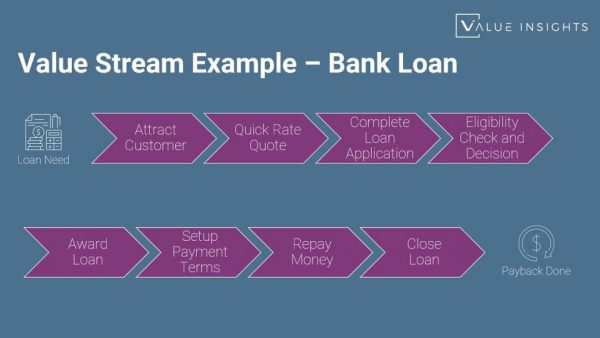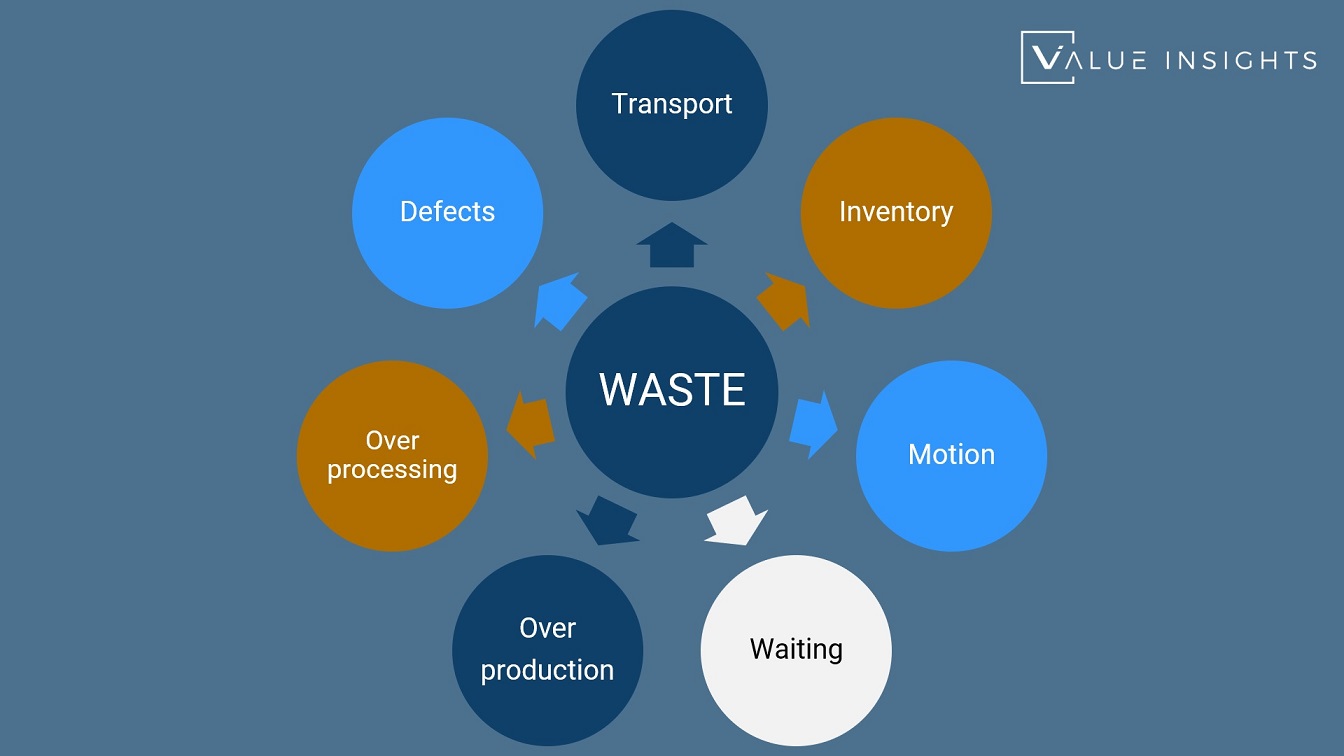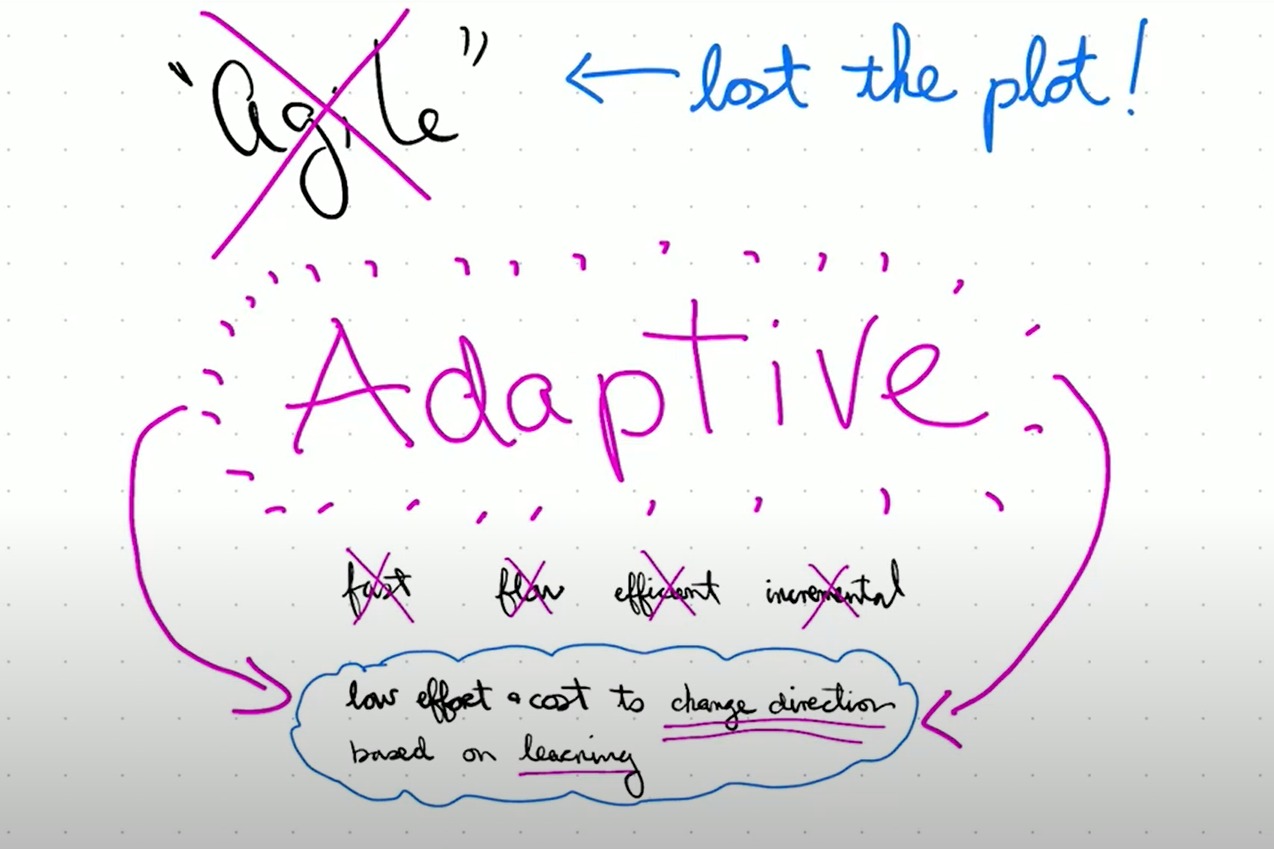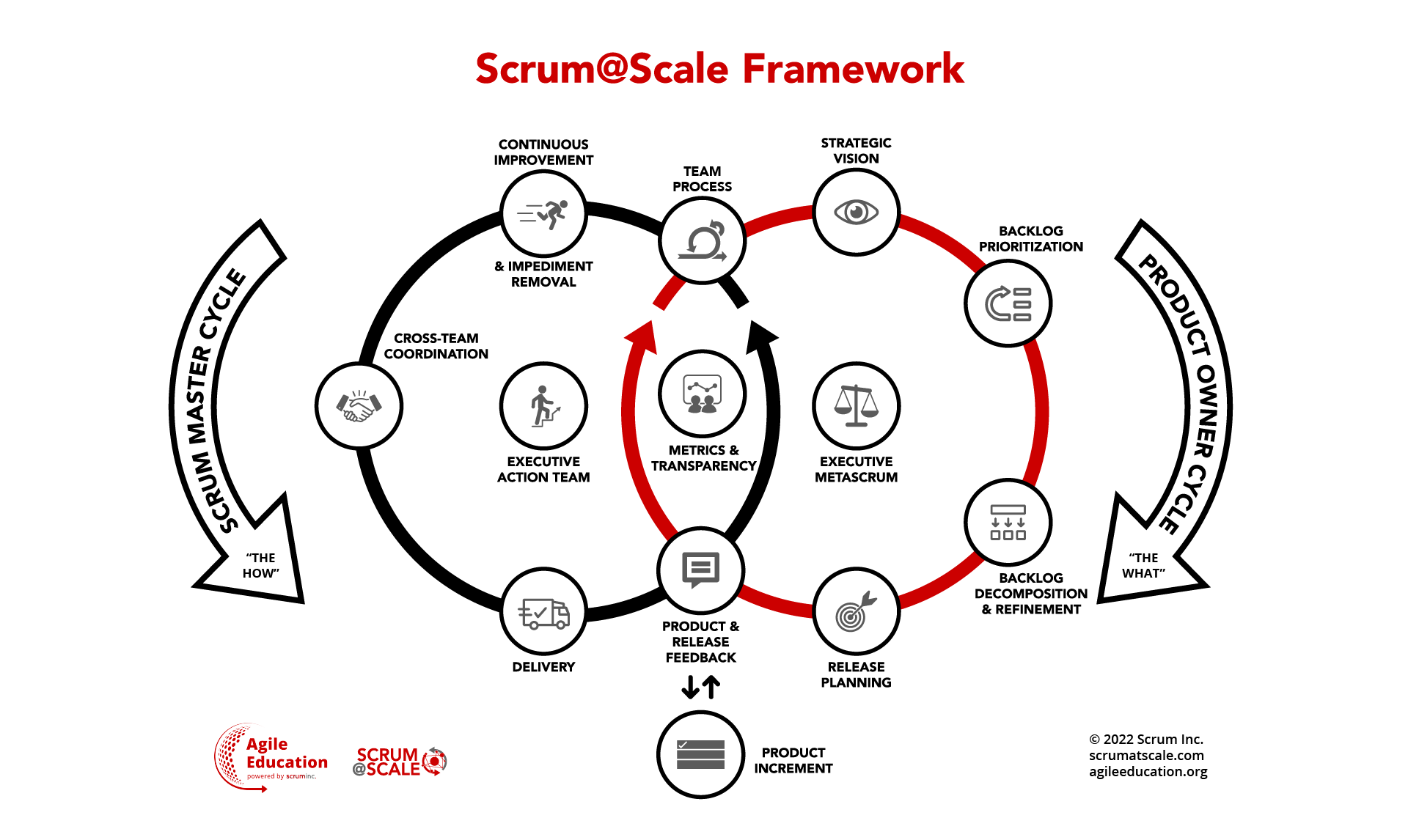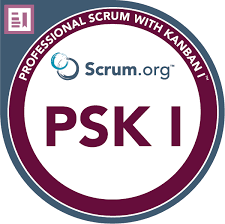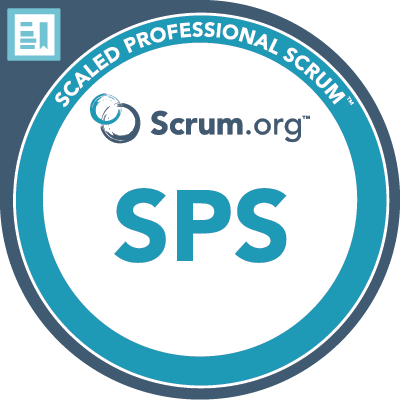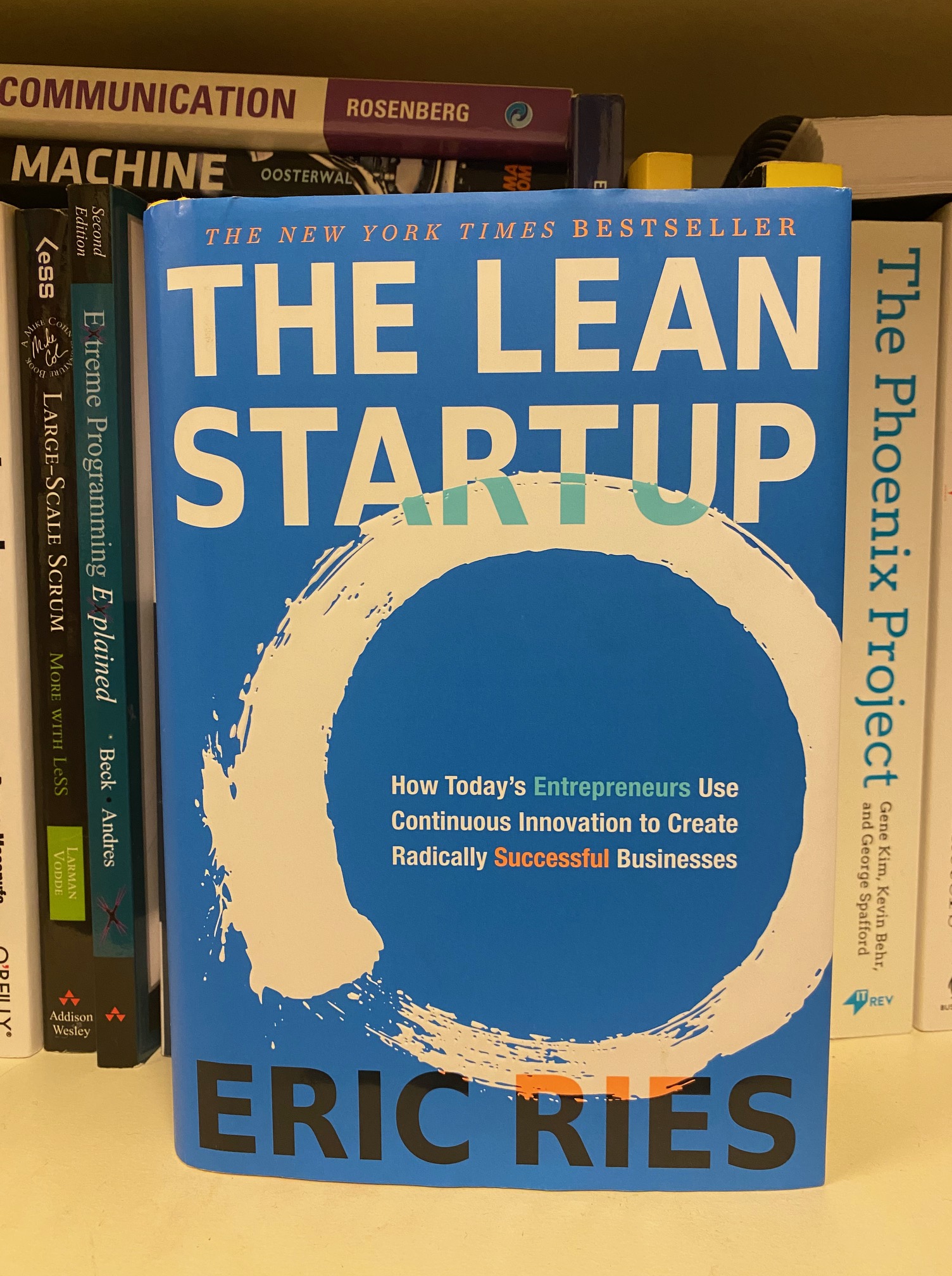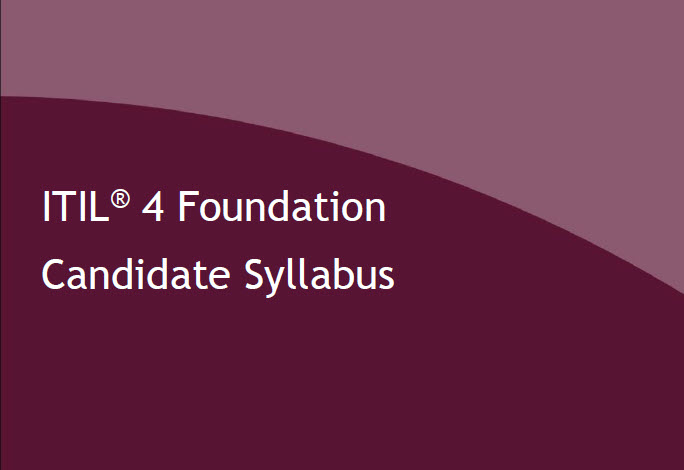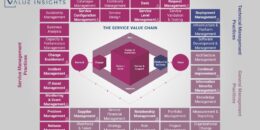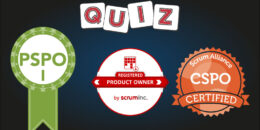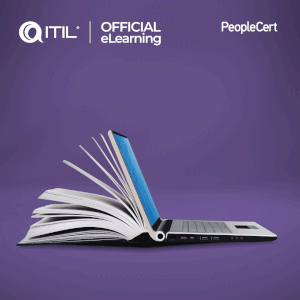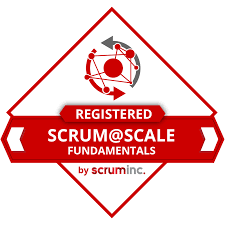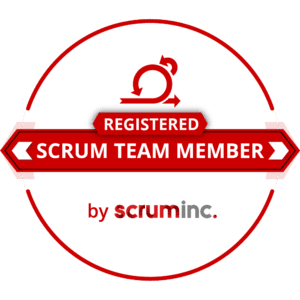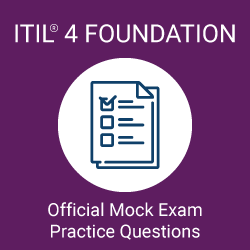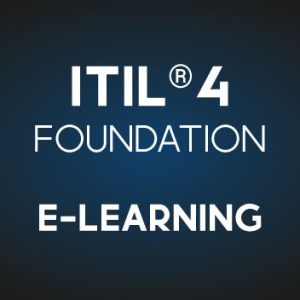What are Value Streams?
Lately, I have been confronted more and more with this exact question, so I thought it would be good to summarize my thoughts on this matter.
First of all the short version: Value Streams are almost the same thing as processes, however the main focus is on identifying waste and opportunities for Continual Improvement.
And now the detailed explanation…
Value Streams are visualizing all steps that are needed to transform a specific need or demand into actual value for the customer (and other internal or external stakeholders). They are basically a process flow charts, with one important addition…they also consider waiting times between the different steps.
Let’s see an example from the software development world, where a business user wants to have a new button in the application he / she uses:
Value Streams are documented during an exercise called Value Stream Mapping, which should be repeated periodically (at least annually) to be able to achieve Continual Improvement. As you can imagine, this is not something that can be done deep down in the organization in one of the development or infrastructure teams. No, this exercise can only happen with the appropriate involvement of top, mid and operational level stakeholders!
“But who should be involved” – you ask….and the answer is “it depends”(standard consultant answer).
It depends on the customer, business area, geographical area, importance of the service / product, technical background, infrastructure, architecture etc…
Here are some roles that might have relevant input for a successful Value Stream Mapping exercise:
- COO / Head of Operations / Head of Product (or similar C-Level management)
- CIO / Head of IT / Head of Innovation (or similar)
- Application and Service Owners / Managers
- Business process experts / analysts
- Customer and end user representatives (someone who actually lives the process)
- People responsible for the technical background (developers, architects, infrastructure, application support, etc.)
“Whoa, that’s a wide audience” – you say, “How will that work” – you say. Well, first of all, the Value Stream Mapping is not a one-time thing, where you discuss all the products and services you offer to your customer. Instead you do it per outcome your customer want to achieve. Let’s say you are a bank and you want to map the Value Stream of a loan to somebody building a house.
So you gather all relevant business and IT personnel, relevant for this particular Value Stream, which already narrows the audience a bit.
Nevertheless, you can see that you will be occupied for quite some time with mapping all your Value Streams. And therefore, it is suggested to “Start where you are” and “Progress iteratively with feedback” to quote the Guiding Principles from ITIL 4, applying the following 3-step approach.
The three steps to successful Value Stream Mapping
1. Create a list of all services and products you offer to your customers
More often than not it proves to be a real challenge to identify all services and products provided by an organization to its customers. If you have a well-defined Service Catalog and Portfolio in place, you have much better chances to complete the list. And honestly? That list can be quite long depending on the size and complexity of your organization and your target market.
2. Define the most important / critical business services
That is a huge challenge in most organizations (except maybe start-ups only providing one or two core services), as the answer will always depend on who you ask. One business unit tells you that their service is the cornerstone of the whole organization, while the other BU tells you that without the product they produce the whole company would go bankrupt. So have fun deciding!
Here you should rely on hard numbers and facts. Best would be to have a look into your IT Service Management tools and analyze the number of tickets, the number of users, the impact of outages and similar metrics. Another, quite drastic approach would be to just shut down services. The ones where people cry loudest are probably the most critical (nah…just kidding 🙂 don’t do this!)
Instead, you could also analyze your CMDB, your Service Catalog and Portfolio to find more accurate information on the importance of the services provided.
3. Identify the stakeholders and start the Value Stream Mapping exercise
After the previous two steps, you should have an understanding of what services / products your organization offers and which the most important ones are out of those. With this information, you can now identify the relevant stakeholders for each of the services / products, put them into a Value Stream Mapping exercise and let the magic happen. Unfortunately, it is not this simple. You might want to put a moderator into this session, someone with experience in Value Stream Mapping, perhaps an external consultant or someone with enough credibility to work with your stakeholders, including the C-Level management suite.
Why should YOU run Value Stream Mapping as well?
Let me state the obvious: Value Stream Mapping on its own will not change the world, but it is an immensely powerful tool, which can propel your organization closer to its goals while aligning it better to your customer’s needs, and let’s face it…this is exactly what organizations should strive for, because in the end, the customer is the only boss who can fire the whole company (let that sink in).
So let’s have a look at the reasons, I value most:
- Value Stream Mapping comes from Lean Production (introduced by Toyota) and has a focus on Kaizen (Continual Improvement) while removing waste (see below)
- It helps you identify the bottlenecks in your processes and allows you to remove the weakest links, one at a time
- It helps us recognize the fact that people are already doing their best, so we should not look at how to make them work faster. Instead we should focus on the waiting times
- And last but not least, Value Stream Mapping provides a very accurate overview of your organization’s current state
The Types of Waste according to Lean (TIMWOOD)
Lean (and the Toyota production system) defines three main types of waste:
- Muda: Waste, uselessness, futility. Things that are being done but do not add any value
- Muri: Overburden, excessiveness, or unreasonableness. Caused by rigid service timeframes, release windows, and other such time constraints.
- Mura: Variability, unevenness, non-uniformity, irregularity. Unacceptable variation or impediments in ways of working or workflows.
And the Muda type waste can be further categorized with the well-known TIMWOOD term:
- Transport: unnecessary movement of items and the associated risk of being damaged, lost or delayed
- Inventory: all items of raw material not finished yet represent a delay in income as they cannot be sold yet
- Motion: people or equipment walking or moving more than actually required for the process
- Waiting: whenever a product is not in production and it is not being moved, it is waiting (most probably in a queue)
- Overproduction: often described as the worst type of waste, as it represents unnecessary products which consumed resources but are not being paid for
- Over Processing: creation of a better (more expensive or higher quality) product than required by the customer a.k.a. gold plating
- Defects: issues affecting the end result of the production, resulting the need of remaking it and therefore additional cost
For more details please have a look at this Wikipedia article.
How Value Streams help you to rearrange your organization for Agility
The Value Stream Mapping exercise, provides one additional benefit to the organization I would like to highlight: it helps us build Agile teams for faster product development and delivery!
Imagine this:
- First, you create a list of all your services, prioritize those and run the Value Stream Mapping for the most important ones (just like described in the section above)
- Now you should have a good understanding of what actual steps your organization needs to take to deliver a specific value or outcome to your customers
- Next, you should ask the technical people in the meeting to identify the systems that are needed to run these steps
- Once you know the systems (which can be quite a big list) you can start identifying all the people who develop and support those
- And ta-daaaa, you can take these people out of their functional silos and put them into a new more Agile organization with less dependencies on other teams (but hey…easier said than done, however the execution of this is not subject of our article here)
By the way, as a matter of fact, SAFe (the Scaled Agile Framework) does exactly this and they call this new organization an ART (Agile Release Train) and the pun is intended 🙂 Other organizations call this a tribe, and even better than that, a major aviation company calls it an Agile Release…wait for it…PLANE!
Conclusion
Value Streams = Processes with an extra focus on continual improvement
They help you get closer to your customers’ needs and allow you to improve your products and services by utilizing your existing resources in a more efficient way. And on top of that, they are a great way of getting a better alignment and understanding from your stakeholders involved in the Value Stream Mapping exercise.
Should you want to learn more about these, I invite you to take a look at our SAFe and ITIL 4 training offerings, where these topics are discussed in more detail.
Thank you for reading our article. We hope you enjoyed it. Please feel free to get in touch with us our leave us a comment with your feedback!



